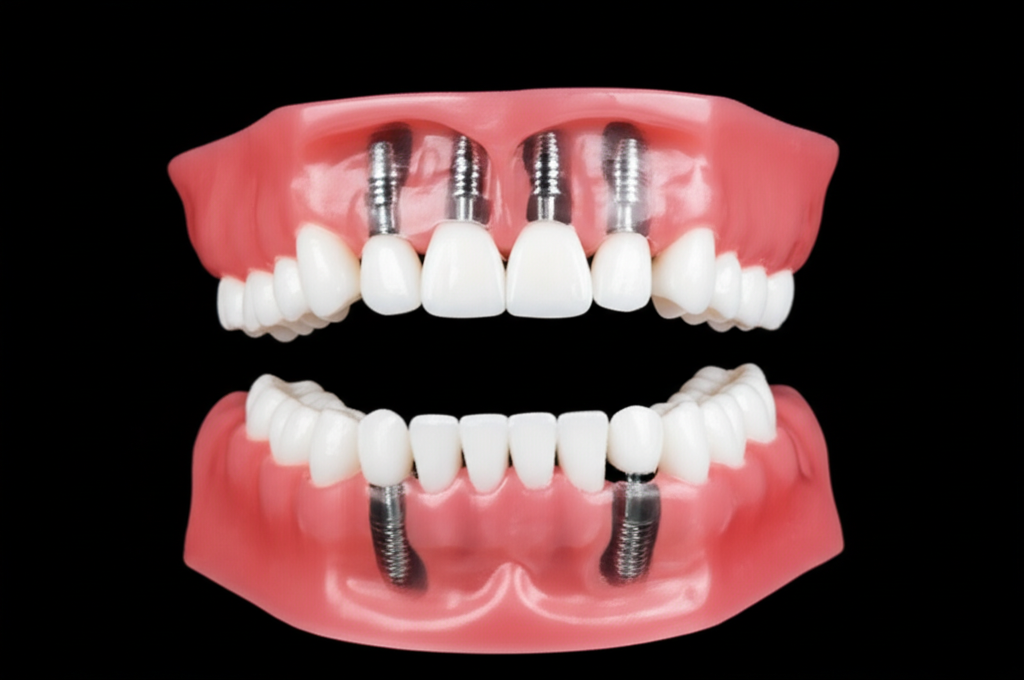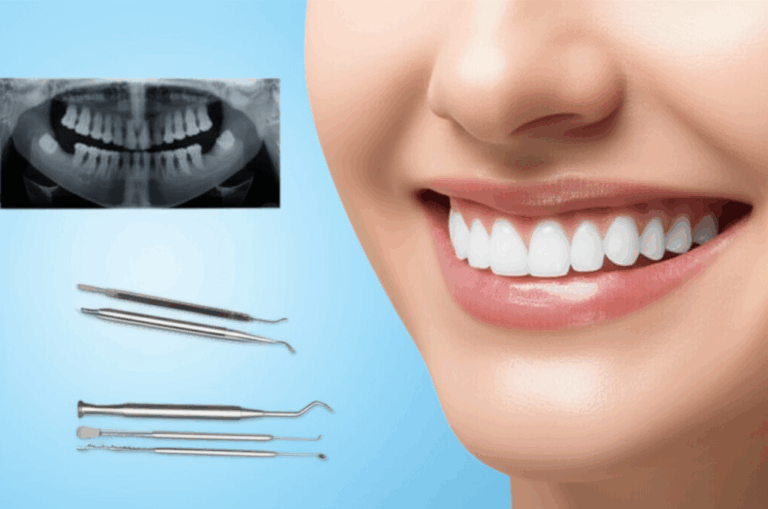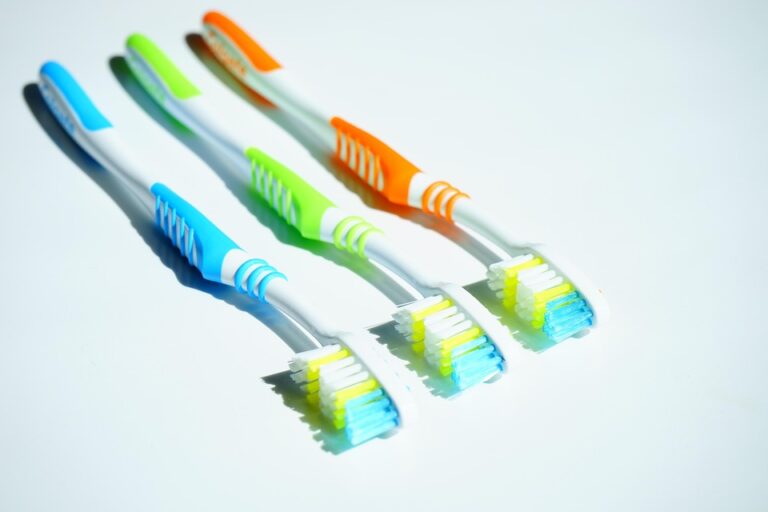
How Many Arches in Dental Implants? Understanding Full Mouth and Arch-Specific Solutions
That moment you first notice how much your missing teeth are holding you back—it’s not only about looking good in photos. Maybe it’s hard to bite into an apple, or you feel awkward talking with friends. You’re not alone in wondering: How do dental implants work? More importantly, how many arches can dental implants replace, and what options do you have if you need more than one? If you’re asking these questions, you’re already moving closer to getting your confidence and comfort back.
Let’s break it down—simply, clearly, and keeping your smile in mind.
In This Article
What We’ll Cover:
- What Is a Dental Arch? Explaining the Basics
- Solutions for a Single Arch: Upper or Lower Jaw Implants
- Full Mouth Implants: Replacing Both Arches
- Factors That Influence How Many Implants You Need
- The Step-by-Step Dental Implant Process
- Why Restore an Arch (or Two)? The Life-Changing Benefits
- Understanding Costs: Single vs. Double Arch Implants
- Key Takeaways and Next Steps
What Is a Dental Arch? Explaining the Basics
Let’s begin with a question that might seem simple: What is a dental arch, and why does it matter if you need dental implants?
Picture your mouth as a stage, and your teeth are actors, sitting in a curve. That curve is your dental arch—the U-shaped row of teeth in your upper jaw (maxillary arch) and lower jaw (mandibular arch).
- One arch: Just the upper or just the lower teeth
- Both arches: All the teeth in your mouth (upper and lower)
Dental implants are small metal posts that act as replacements for missing tooth roots. They hold new teeth securely in your jaw, kind of like strong foundations for a house. The good news? Implants can replace just one tooth, several teeth, or—using full arch options—the whole top and/or bottom row.
The big question:
Can dental implants replace one or both arches?
Yes! Dentists often fix either a single arch or both, depending on what you need.
Why Does This Matter?
Knowing about arches helps you pick the right implant choice for you, whether you’re missing a few teeth, your whole lower jaw, or want a full-mouth change. Let’s look at the choices.
Solutions for a Single Arch: Upper or Lower Jaw Implants
What Does “Single Arch Restoration” Mean?
Single arch restoration is just the fancy way of saying you’re replacing all the teeth in either your upper or lower jaw.
- If your dentures always move around,
- Or you’re missing all your upper or lower teeth,
- Or you’re tired of fixing things bit by bit—
This choice might be just right.
Main Options for a Single Arch
1. All-on-4 Dental Implants
- Uses four carefully placed implants to hold a full row of new teeth.
- Less complicated than old-school ways.
- Often, you don’t need bone grafting, which saves time and pain.
2. All-on-6 Dental Implants
- Like All-on-4, but with two extra implants for more support.
- Good if your bone is strong or you need a little more chewing power.
3. Fixed Bridges on Implants
- If you’re missing just part of your arch, a bridge attached to two or more implants may be enough.
- Think of it as fixing a section rather than the whole row.
4. Implant-Supported Overdentures
- Removable dentures that “snap” onto implants.
- Offer more hold than normal dentures but can be taken out.
How Many Implants Are Needed for a Single Arch?
- All-on-4: 4 implants per arch
- All-on-6: 6 implants per arch
- Bridges & Overdentures: Depends on design and bone strength; usually, 2-6 implants
What Decides the Number?
- Bone strength and amount: Like building a house, you need a good base.
- How you bite and chew: People who chew hard may need more support.
- Type of teeth: Fixed teeth need more support than removable dentures.
- General health: Things like diabetes or smoking can make healing harder.
Full Mouth Implants: Replacing Both Arches
What Is Full Mouth Implant Rehabilitation?
This just means rebuilding every tooth in your upper and lower jaws—both arches—with dental implants holding all new teeth.
Imagine: after years of slippery dentures, pain, or embarrassment, you can have strong, natural looking teeth. This can be life-changing for people missing most or all of their teeth.
Common Methods for Full Mouth Restoration
Two separate All-on-4 procedures—one for the top, one for the bottom—each with four implants.
Six implants in each jaw for even more support.
Some people get both arches done at the same time, others do one at a time, depending on comfort and cost.
People with big bone loss might need special implants or custom bridge designs made by an arch dental lab.
How Many Implants Does a Full Mouth Need?
- Usually: Eight to twelve implants for a full mouth (four to six per arch)
- Sometimes as few as four per arch if your bone is good and the teeth are made right
Key Point:
Dentists don’t use more implants than needed. They plan it carefully, thinking about your bone, how you chew, your health, and your budget.
Real-Life Numbers
- All-on-4 (upper + lower): 4 + 4 = 8 implants
- All-on-6 (upper + lower): 6 + 6 = 12 implants
Why Not One Implant Per Missing Tooth?
You might think, “Why not just put in 28 implants to replace 28 teeth?” Here’s why:
- Cost: That would be way too expensive!
- Healing: Your jawbone can’t take that many implants.
- Smart design: Well-placed implants can share chewing and hold the whole arch with fewer posts.
Factors That Influence How Many Implants You Need
Dental implants aren’t the same for everyone. Here are the things that decide what you need.
1. Bone Quality and Quantity
Your jawbone is the “dirt” where these implants “root.”
- Strong bone: Might need fewer implants.
- Thin or weak bone: Might need more implants, extra bone, or even special implants.
2. Patient Health and Habits
Some health problems can make it harder to heal:
- Smoking
- Diabetes
- Gum problems
These don’t always mean you can’t get implants, but the dentist will plan extra carefully.
3. What Your Implants Will Bite Against
Will your implants bite against:
- Real teeth?
- Another implant arch?
- Regular denture?
Each one changes what kind and how many implants you might need.
4. Type of Teeth: Fixed or Removable?
- Fixed teeth: Look and feel more like real teeth. Usually need more implants and cost more.
- Removable overdentures: Usually need fewer implants, but move a little more.
5. Budget Considerations
Let’s be real—money can affect which option you choose.
Implants are a big help for health and happiness, but more implants means more cost.
6. Dentist’s Advice and Tools
Your dentist’s experience, what tech they use (like 3D scans), and your needs shape your plan. Every mouth is different.
The Step-by-Step Dental Implant Process
It’s normal to feel worried about dental implants. Here’s what happens, without any scary words.
1. First Visit and Scans
- X-rays or 3D scans to check your bone, nerves, and other things
- Molds of your teeth (sometimes done with a digital scanner)
2. Planning With Digital Tools
- Your new smile is planned using software and sometimes 3D models or guides.
3. Implant Surgery
- Done with numbing shots, sometimes with medicine to help you relax
- Implants are put right into your jawbone
4. Healing—Bone Connection
- The key part is “osseointegration”: your bone joins tightly to the titanium post.
- Takes a few months; you might wear a temp tooth or denture while you heal.
5. Abutment and New Teeth
- Small connectors (abutments) go on your implants.
- Your new teeth, made from strong stuff like zirconia, are put in place.
6. Recovery and Care
- Some swelling and mild pain, usually helped with common painkillers
- Special cleaning steps—think of it as the “care plan” for your new smile
Why Restore an Arch (or Two)? The Life-Changing Benefits
People ask, “Is it worth it to fix my whole arch?” Here’s what people and studies say:
- Eat better: Enjoy chewy foods again!
- Talk better: No more worries about dentures sliding or speech problems.
- Stop jawbone loss: Implants help keep your face from sinking in.
- Look better: Fill out cheeks and lips again.
- Feel better: Be happy to laugh, take photos, go on dates—do what you’ve been missing.
- Long-lasting: With good care, implants can last decades—sometimes for life.
Case Study
Big studies of All-on-4 and full-arch implants show they last over 95% of the time after 5-10 years.
Source: Maló et al., 2015; Pjetursson et al., 2008
Understanding Costs: Single vs. Double Arch Implants
Let’s talk money—open and straight.
| Single Arch (All-on-4/6) | Full Mouth (Both Arches) | |
|---|---|---|
| Implants Needed | 4-6 per arch | 8-12 total (4-6 per arch) |
| Cost Estimate | $15,000 – $30,000+ per arch | $30,000 – $60,000+ total |
| Typical Treatment Time | 4-8 months for one arch | 6-12 months for both |
| Success Rate (5-10 yr) | 95-98% | 93-97% |
| Recovery Period | 3-7 days pain, then weeks | 3-10 days pain, weeks |
| Maintenance | Daily care and check-ups | Ditto |
What’s Included?
- Implants, connectors, new teeth
- Surgery and follow-ups
- Materials (like zirconia, acrylic, titanium)
- Planning and x-rays/scans
Some Things to Remember:
- Prices change depending on where you live, your dentist, or if you need extra stuff like bone grafts.
- Dental insurance rarely pays the whole thing, but sometimes helps with tooth pulling or dentures.
- Many dentists have payment plans. Always ask.
Who Is a Good Candidate for Dental Implant Arches?
Wondering if you’re the right person? Here’s the truth.
You May Be a Great Candidate If:
- You’ve lost all (or most) teeth in one or both jaws.
- Dentures aren’t working or feel bad.
- You’re healthy enough for simple surgery.
- You have enough bone for the implants (or are open to bone grafts).
- You’re willing to keep the area clean and see your dentist regularly.
When Implants Might Not Work:
- People who smoke a lot can still get implants, but they might not last as long.
- Uncontrolled diabetes, serious cancer, or big immune problems may stop you from getting implants.
- Ongoing gum problems or infections need to be fixed first.
- Thin bone may need special ways, like special implants from a good implant dental lab or extra-long implants.
Being honest matters:
A good dentist will tell you all your choices and any limits, not just sell you one thing.
Your Healthy Takeaway—Empower Your Smile
You asked, “How many arches in dental implants?” Here’s what to remember:
Key Points to Remember
- Dental implants can replace one arch (just upper or lower) or both arches (all teeth).
- Most single arch solutions use 4-6 implants.
- Full mouth cases usually need 8-12 implants total.
- The best plan depends on your bone, health, money, and dream smile.
- Implants greatly improve life—you can eat better, talk better, and feel confident.
- Costs change, but payment plans are often possible.
- Find an experienced, honest team and get a consultation just for you.
Your Next Step
If you’re thinking about arch dental implants, book a visit with a trusted dentist or implant specialist. Bring your worries—they’ve heard it all before!
And remember: Fixing your smile isn’t only for looks—it’s about getting back your health, nutrition, and living life fully.
FAQs
Q: How many arches are there in the mouth?
A: There are two arches—one upper (maxilla) and one lower (mandible). Dental implants can go in one or both.
Q: Do I need bone grafting for full arch implants?
A: Not always. New methods let many people skip grafting, especially with systems like All-on-4/6.
Q: Are full mouth implants better than dentures?
A: Yes—implants are steadier for eating, talking, and comfort than regular dentures.
Q: How do I clean implant-supported arches?
A: Like real teeth: brush every day, use special floss or brushes, and get your teeth cleaned by a pro. Good care matters for keeping implants working—get tips about teeth health and care.
Q: Is it painful?
A: Most people have mild pain after, and regular medicine helps. The change in confidence is often called life-changing.
Ready to take the next step? Take charge. Ask for expert advice, find out what fits you, and invest in teeth that help you live well. If you want the latest solutions, using a top arch dental lab can mean great results. Remember, every big smile change starts with a simple question—just like the one you asked today.
Sources:
- Maló, P. et al. (2015). All-on-4 Treatment Concept: 10-Year Clinical Evaluation.
- Pjetursson, B.E., et al. (2008). Five-year survival of implant-supported fixed prostheses and single crowns.
- American Dental Association (ADA) Resources on Dental Implants
Do you still have questions about dental implants, full arch fixes, or figuring out what’s best for you? Don’t wait—book an appointment, ask about a scan, and get the real info you need. And keep smiling!








